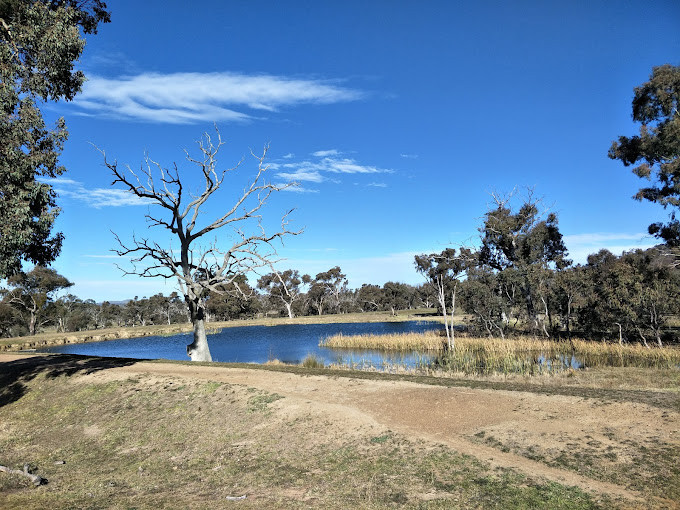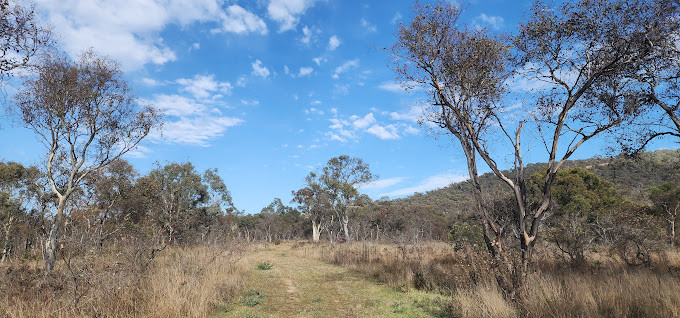Charger images
Les formats d'image autorisés sont de type jpeg, png ou gif
La taille maximale du fichier doit être de 20MB


.jpg)
Located within Canberra Nature Park, 143-hectare reserve in Canberra's south in Symonston featuring an expanse of Yellow Box–Blakely's Red Gum Grassy Woodland.
Callum Brae Nature Reserve is a hidden gem for birdwatchers, offering a diverse range of habitats that support an impressive variety of bird species throughout the year. Predominantly made up of Yellow Box–Blakely's Red Gum Grassy Woodland, the reserve also features expansive grasslands, and a network of small dams. This combination of ecosystems creates ideal conditions for both resident and migratory birds (including summer migrants and honeyeater migrations).
With over 160 bird species recorded, Callum Brae is a premier location for birdwatching. Notable species include Gang-gang Cockatoo, Eastern Rosella, Superb Fairywren, Grey Fantail, and rarer birds such as the Painted Buttonquail, Pied Butcherbird, Swift Parrot, and the Diamond Firetail. The area is also home to a variety of honeyeater and thornbill species throughout most of the year, and is a refuge for threatened and declining woodland bird species in the ACT.
The entrance to Callum Brae Nature Reserve is along Narrabundah Lane in Symonston, where there is plenty of roadside parking. The area is easily accessible by car, and parking is available. Press a P on the map for directions to a parking spot. Coming from the centre of Canberra, head south across Commonwealth Bridge. Take Capital Circle around Parliament House, turn left into Canberra Avenue and right at the large roundabout into Sturt Avenue. Continue into Jerrabomberra Avenue and cross the lights at Hindmarsh Drive. Turn right into Narrabundah Lane.
To experience the area, exploring on foot is the ideal option. The reserve features several well-maintained walking trails. The circular walk shown on the map is about 4,5 km.
Votre feedback sera transmis à l’auteur.rice de cette zone et à l’équipe éditoriale de Birdingplaces, qui l’utiliseront pour améliorer la qualité des informations. (Vous souhaitez publier un commentaire visible en bas de page ? Fermez cette fenêtre et choisissez l’Option 1 : « Publier un commentaire, un conseil ou une observation ».)
Veuillez fournir des suggestions d'améliorations ou d'ajouts au texte de ce site ornithologique.
Veuillez fournir vos suggestions d'améliorations ou d'ajouts à la carte.
Veuillez fournir des suggestions d'améliorations ou d'ajouts à la liste des oiseaux.
Cliquez sur l'icône de l'oiseau () Insérez les noms d'oiseau dans votre langue. Ils seront automatiquement traduits pour les autres usagers !